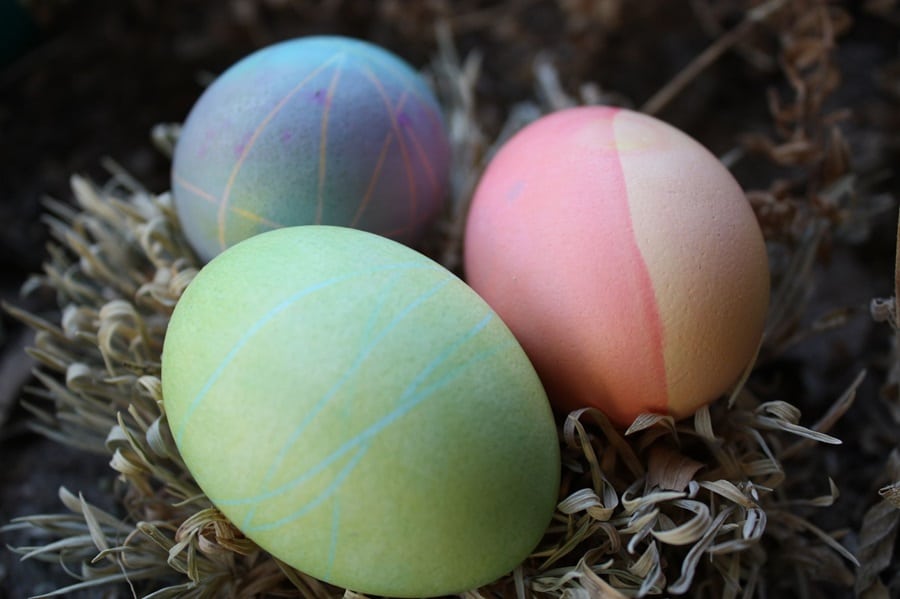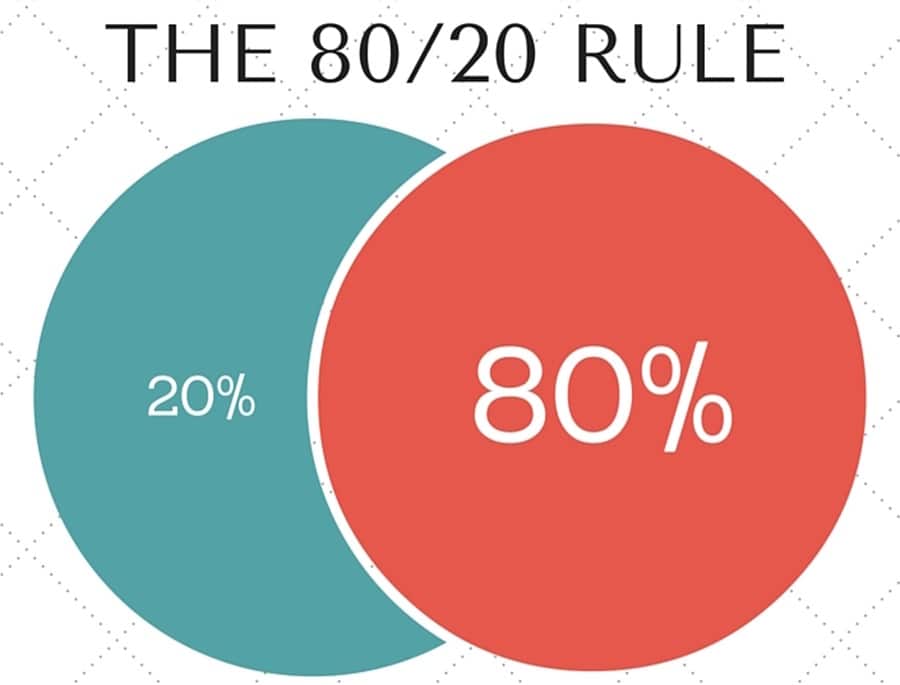India has been well-known for its rich dying, weaving, and embellishing work for ages. Each part of India boasts its own unique design and production of yarn or clothing, making India’s textile industry highly versatile. After agriculture, it’s the textile industry that has churned out huge employment opportunities for skilled and unskilled labor in India. In today’s article, we’ll be walking you through the rich history of textile design and making in India, the best textiles of India, business leaders shaping a sustainable future for the Indian textile and fashion industry, and lots more.
Contents
History of Textile in India
The history of textile manufacturing in India dates back to around 4000 B.C. Various archaeological surveys show that the people of Harrapan civilization were acquainted with weaving cotton and spinning material for over four thousand years ago.
Archeological studies also show that the textile trade was a prominent form of business during the medieval time as discoverers found block-printed and resist-dyed cotton – having its origin in Gujrat, India – in the famous tomb of Egypt – Al-Fustat.
Apart from that, bulks of north Indian silk were exported to China and various western countries. During the Industrial revolution, Indian textiles helped revived the European industries by transporting them large quantities of textile goods to meet the European world’s domestic needs and demands. Until the 18th century, the Mughal Empire was the kernel of textile manufacturing and distribution worldwide.

Famous Textiles of India
Owing to India’s ethnic and cultural diversity, it’s no wonder the country is known for a versatile range of textiles. As a hub of textiles, different cities in India are celebrated for different crafts and traditions.
Pashmina
Kashmir is not just well-known for its natural beauty; it’s also famous for its epic handcraft. Pashmina – commonly called “soft gold,” is a renowned Kashmiri textile made from high-grade Cashmere wool. The material is hand spun and knitted using the fleece of Cashmere goats in Kashmir. The beautifying wool is usually used in making shawls, known as Pashmina Shawls!
Embroidery
Another famous textile of India is embroidery. Lucknow – the state of Uttar Pradesh’s capital city – is famous for producing gorgeous embroidery – Chikankari. This embroidery is mainly done on cotton fabric and has been around for over 400 years old. History tells that the Chikankari embroidery was widely famous during and after the Mughal Period.
Beading
In India, beads are not only used for creating jewelry pieces, but it’s also employed for embellishing clothes. Besides embroidery, most Indian clothing is intricately beaded with seed beads, cylinder beads, crystal beads, Bali beads, and the likes. Gujrat specializes in bead craft, known as “Moti Bharat.”
Khadi
Also known as Khaddar, Khadi is the pride of India. It’s a hand-spun type and woven in materials such as silk, cotton, wool, etc. It’s believed that khadi became famous when Mahatma Gandhi wore it to promote Indian-made clothes instead of imported clothes.
Bandhni
Bandhni is a tie-and-dye textile that originated in the states of Gujrat and Rajasthan. The dye work is usually done on silk, satin, cotton, or a mixture of these materials in bright or natural colors. Even though bandhani is an ancient art practice, it’s still prevalent in Gujrat and Rajasthan.

Leaders Developing a Sustainable Textile for India’s Fashion Industry
The textile industry is the economic engine of India. Its contributions and achievements are not limited to the economy but exceed the society as well. This would not have been possible without the monumental effort of business leaders mentioned below:
Karishma Shahani
She is the pioneer of the eco-friendly brand “KaSha.” Her fashion label focuses on the combination of modernity and old-age charm. The fashion designer is a stout believer in a zero-waste policy, which means all her clothes are manufactured from eco-friendly fabrics. There’s zero use of plastic and the possibility of fabric waste or discarding of any clothing.
Mayank Anand and Shraddha Nigam
These actors-turned-designers started their organic clothing brand back in 2010. Since then, the fashion brand has become increasingly popular among environmentally-friendly individuals. The designers are known for using and promoting only the craftsmanship of only Indian artisans and craftsmen.
Paromita Banerjee
Paromita Banerjee is another renowned designer shaping sustainable textiles for India’s fashion industry. Her sustainable clothing brand is inspired by one of the Japanese folk practices of manufacturing fashionable clothes from rags, scraps, etc.
Aneetha Arora
Aneetha Arora is a beloved designer among the supporters of eco-fashion. She uses innovative design tools and techniques that have made her designs new and popular across India.

Textile Industry in India Today
India’s textile sector has about 40.5 million employees across the country. This goes to show that it is the second-largest employment generator in India. Additionally, it is the fifth-largest distributor of textiles and clothing in the world.
The textile industry is dispersed across India, including in states such as Gujrat, Lucknow, Maharashtra, Tamil Nadu, Karnataka, Uttar Pradesh, Rajasthan, Madhya Pradesh, Bombay, Ahmedabad, and West Bengal.
According to India Brand Equity Foundation’s report, India’s future in textiles is brighter than its present. Today, the country stands at USD 39.2 billion, which is expected to grow up to USD 82 billion by 2021.


